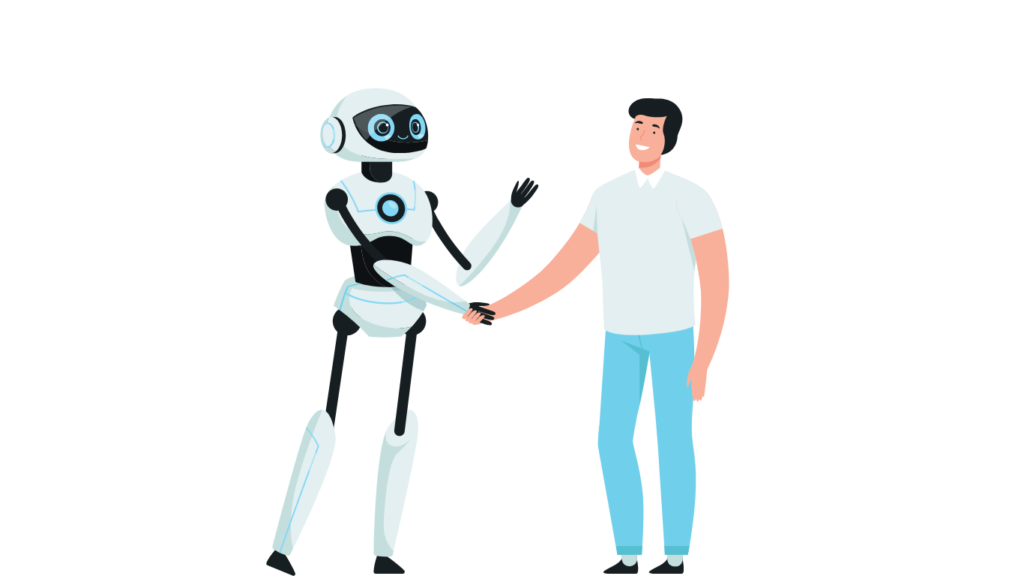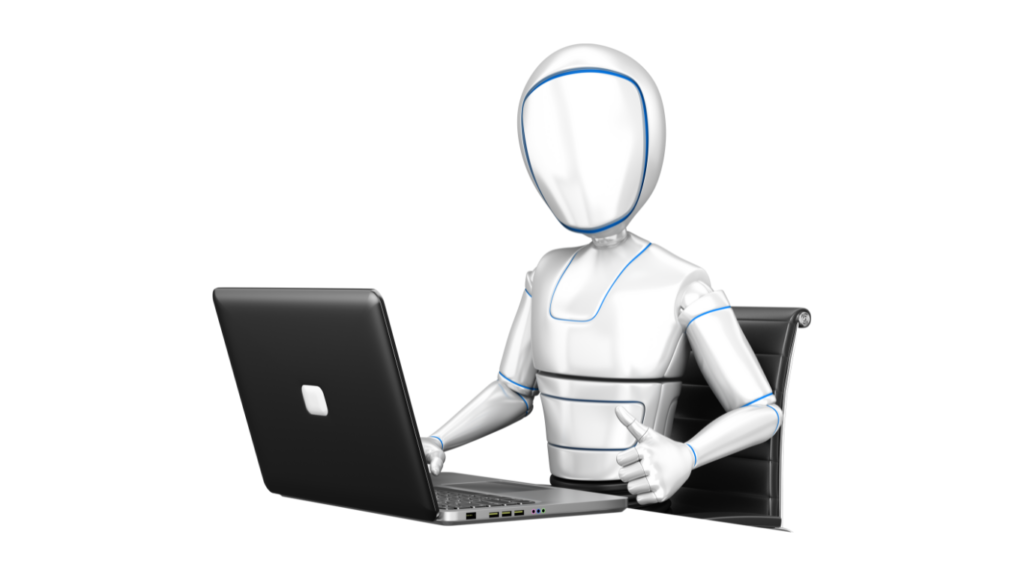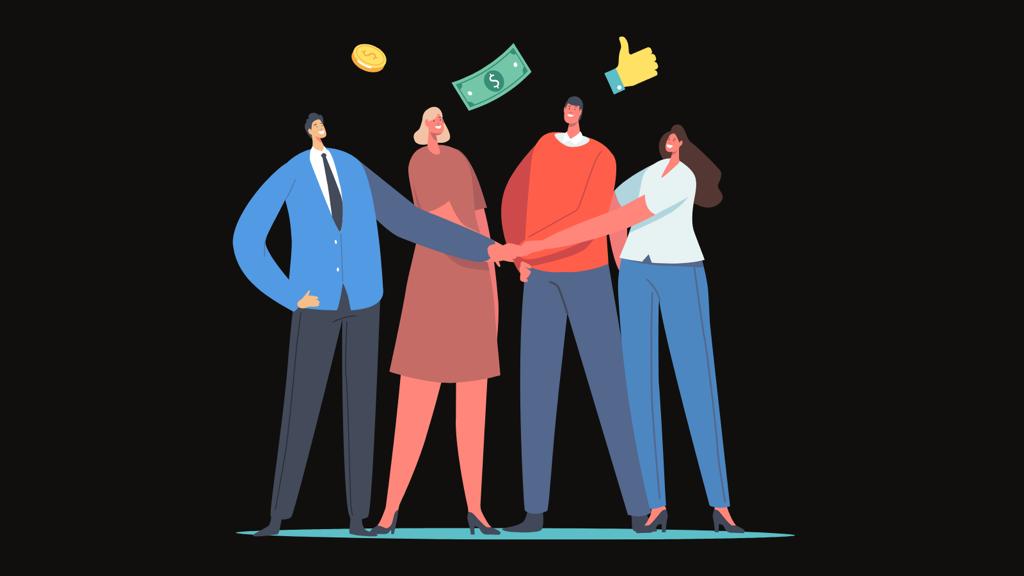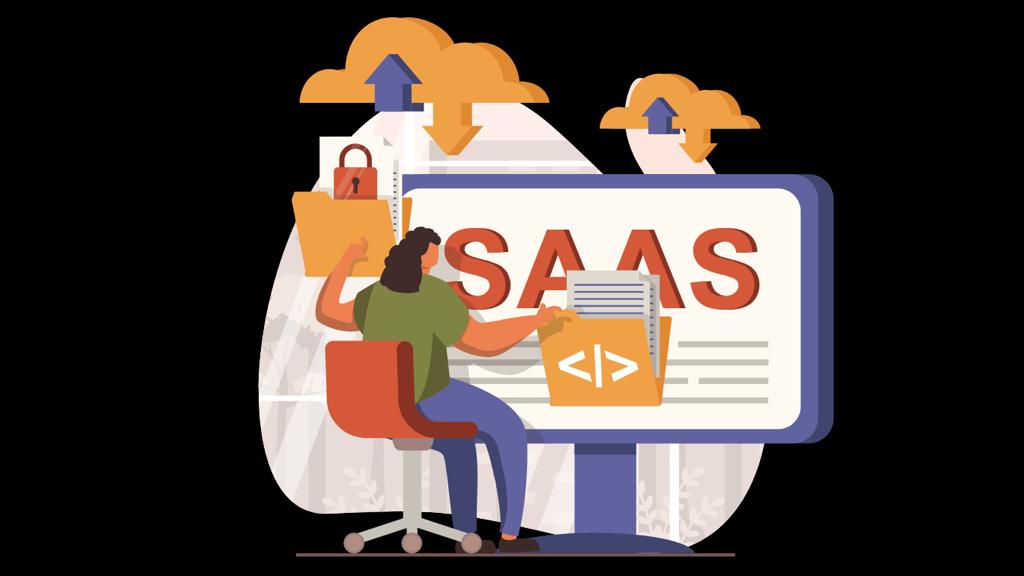
Introduction
Last year, the CEO of Tesla stated that his business was in the advanced stages of creating an autonomous android that would free people from dangerous, boring, and repetitive work. According to a recent job ad, some of those people currently work in Tesla factories where the company plans to deploy thousands of new robots, known as Tesla Bots or Optimus. And while Musk has expressed concern that intelligent machines may eventually turn against humans in the style of “The Terminator,” he vowed that Tesla’s version will be “friendly.”
The world might witness how welcoming it is on Friday. Musk allegedly intends to reveal a functional prototype of the Tesla bots at the business’ AI Day event, which is held to highlight its advancements in artificial intelligence. Musk first spoke about the project at AI Day last year, stating that the android would be about 5 feet 8 in height, weigh 125 pounds, and have a carrying capability of 45 pounds. The Tesla bots, he said, would ultimately be able to perform such tasks as going to the store to buy a predetermined list of groceries thanks to the use of the same autonomous driving systems as the company’s vehicles,
Prediction on Tesla bots
Physical labour will be an option in the future, he predicted. “You can do it if you want to. However, you won’t have to. You won’t need to do that if you already employ individuals to perform physical labour. But aside from the fact that Musk has a long history of promising new technologies that never materialise or do so years later, there are many other reasons to be dubious of the situation he presents. Automation is different from the panacea Musk has portrayed it to be, despite being a powerful force in many sectors. And if he’s depending on androids like Optimus to fix his labour issues, he will probably be let down.
A factory with humanoid Tesla bots instead of actual humans is at least a decade, if not more, distant technologically. According to Martin Ford, a futurist and author of “Rule of the Tesla bots: How Artificial Intelligence Will Transform Everything,” if we had humanoid Tesla bots that could perform nearly all human tasks, it would have a significant effect on employment.
“We’re a long way off from that.”

Model 3
When it released its Model 3 sedan a few years back, Tesla famously ran into production-related automation issues. Long a proponent of using factory automation to create large numbers of cars, Musk even called his ideal, AI-filled, robot-powered factory the “alien dreadnought.”
However, the technology wasn’t quite as effective as expected, which caused delays on the Model 3 assembly line. In the end, Tesla set up a production line in the parking lot of its factory in Fremont, California, using manual work rather than automation. At the moment, Musk tweeted, “Humans are underrated.”
Capable of doing humanitarian work?
Ford said that if robots were capable of performing human tasks, Musk would replace the workers with machines. He has always been very, very enthusiastic about technology, possibly being a little ahead of the curve there.
For hundreds of years, various employment sectors have been subject to automation. The automation of industry has spread to banking services, manufacturing, and even agriculture. The auto industry has been at the forefront of this development, especially in rote or repetitive tasks like lifting components or closing doors on vehicles. The Fremont plant of Tesla is not an exception.
However, these Tesla bots don’t yet resemble bipedal C-3PO types; rather, they resemble big, hyper-articulated industrial arms.
According to Mark Muro, a senior fellow at the Brookings Institution think tank, “this heavy automation is the basis of the U.S. car sector surviving in its current resurgence.”
But according to Ford, the author, a Tesla bot with human-like mobility or similar hand-eye coordination to manipulate objects is “still fairly far in the future.”
A request for comment about how the Tesla Bots would fit into the vehicle production line, why it is necessary, and how the adoption of the bot could impact the workforce was not met with a response from a Musk spokesperson.
From the perspective of a company owner, one obvious benefit that Tesla Bots have over people is that they don’t complain about long hours or in-person work, toxic chemical exposure, high injury rates, open racism, or other unfavourable working conditions. Neither do they create unions to push for improved ones.

Organized labour and Musk have had a tense relationship in the past.
This year, the NLRB found that Tesla had denied its employees’ right to wear pro-union T-shirts to work.
Unions have frequently battled against the use of Tesla bots in the workplace. However, technology need not mean that jobs will disappear.
Automation primarily creates a chance, he claimed. “It’s an opportunity we need to handle better than we do, but I think blaming it for issues in inequality… takes the blame off where it should be,” he said, referring to the actual culprits, which were specific policy choices.
Companies frequently need employee buy-in to achieve true peak output, as well as to allow staff members the time and space to advance their skills.
Some businesses merely see Tesla bots as a means of replacing people, according to Muro. But there might be a more fruitful path where technology works in conjunction with human labourers.
Conclusion
While increasing automation may reduce or stop union action, it still requires cooperation between management and employees for it all to function.
According to Kalle Lyytinen, a professor of design and innovation at Case Western Reserve University, “it needs a certain level of cooperation.” To effectively manage, coordinate, and use these new types of technologies, it is equally essential to invest in social, organisational, and human skills.




